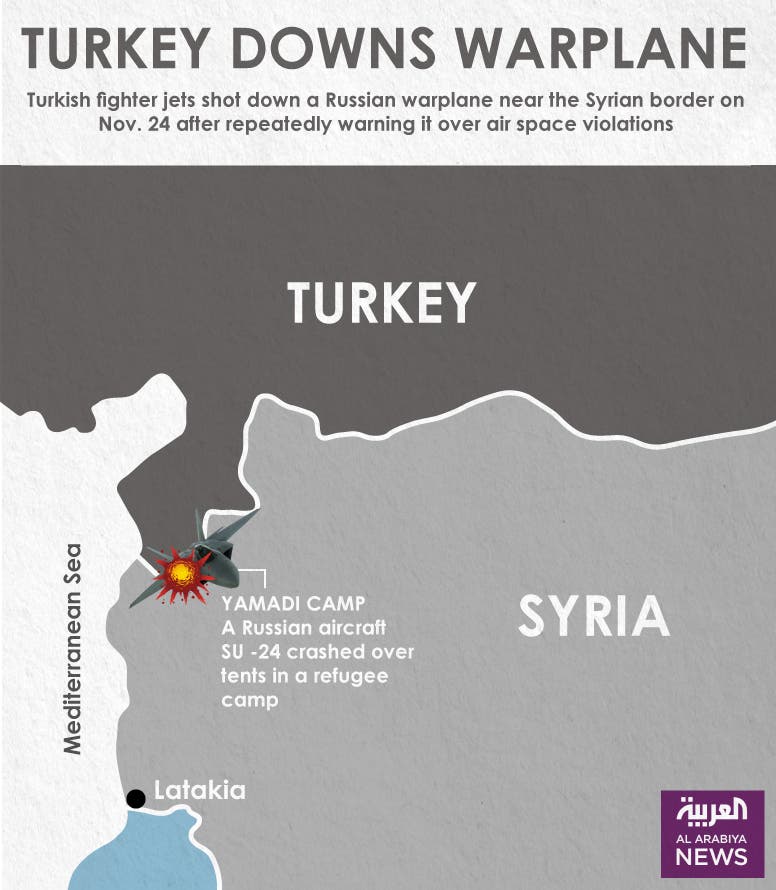“Overall, there is an underlying threat of terrorism-related travel movements especially due to the appeal of the Syrian conflict to both idealist and radicalised youths. It is possible that foreign fighters use irregular migration routes and/or facilitation networks (irrespective of whether this is recommended by terrorist structures or not), especially when the associated risks and costs are perceived as low in comparison to legal travel options,” the report said.
“It will take many months – and realistically years – before we screen everyone entering Europe.”
Security source to Sunday Telegraph
The cost of inaction over securing Europe’s external borders were displayed to devastating effect this week, when it emerged that Abdelhamid Abaaoud, the mastermind behind the Paris attacks, had slipped into France unchecked – via Greece – without setting off alarms.
He had previously joked in the Islamic State magazine, Dabiq, how he had once been stopped by Belgian police but not arrested.
The inability of Europe to protect its borders has been blamed on a combination of a lack of resources in poorer members like Greece, Romania and Bulgaria and privacy concerns that have stalled necessary legislation in the European Parliament.

Timothy Kirkhope, a Tory MEP and former immigration minister, blamed “political correctness” and the view that “people should be allowed to go anywhere they like” for the failure to adequately stand up Frontex.
“The external border has to be protected, and if the Greeks and Italians can’t do it we have to beef up Frontex. We’ve got to put the money in,” he added. “I’ve been pressing them to get on this: to not let anyone go anywhere without being processed.”
“Frontex has no access to operational intelligence,’
Fabrice Leggeri, the executive director of Frontex
In a sign of the glacial rate of progress, the same warnings on the potential security risk posed by migrant were repeated almost word-for-word in the 2015 version of the Frontex report.
As recently as September Fabrice Leggeri, the executive director of Frontex, admitted to a House of Lords committee that Frontex had “no access to intelligence” since it was an EU agency.
Mr Leggeri said that Frontex could find “no evidence” that potential terrorists had used migrant routes to cross back into the EU, but was forced to admit that this was probably because it was not connected with anti-terror databases.

“FRONTEX, as an EU agency, has no access to this kind of operational intelligence,’ he admitted, “This may be why we cannot trace evidence of people who might be involved in terrorist activities.”
France has been demanding tough new controls ever since last January’s terror attacks on the offices of the satirical magazine, Charlie Hebdo, which were finally agreed to a meeting of EU home ministers in Brussels last week.
These include that European passenger name records (PNR) data should be collected and available for scrutiny by intelligence agencies, and that EU citizens should also be subjected to “systematic” checks when re-entering Europe.
However, senior officials have admitted to The Sunday Telegraph that it will take “months, if not years” to secure the EU borders, even as richer EU nations were offering to send small ‘hit squads’ to plug the most obvious gaps in Bulgaria, Romania and Greece.
“This kind of capacity cannot be stood up overnight,” said the source close to the discussions over securing Europe’s borders, “it will take many months – and realistically years – before we really do screen everyone entering Europe against databases of known terrorists and criminals.”
The scale of challenge was revealed in the official communique from the EU Home Ministers meeting, that admitted that many EU border posts still required “electronic connection” to relevant Interpol databases.
As a sign of the depth of concern, Dutch officials this week even floated the idea of a “mini-Schengen”, that would dramatically cut Europe’s 26-member open-frontier zone, taking it back to its original core of group of Germany, Austria, Belgium, the Netherlands and Luxembourg.
Germany and the European Commission have rejected the idea, arguing the answer must be to focus on fixing Schengen as it currently exists, perhaps even by creating an EU-wide intelligence agency, an idea that was quickly shot down by member states.
Even before the Paris attacks, Donald Tusk, the European Council president had acknowledged that the EU was in a “race against time” to stop the collapse of Schengen. “The clock is ticking, we are under pressure, we need to act fast,” he said.
In the meantime, Europe remains at risk of further terror attacks that analysts warn could shatter confidence in a Schengen free-movement system whose credibility has already been seriously damaged by two major terror attacks on Paris in the space of nine months.
Carsten Nickel, Europe analyst with Teneo Intelligence, compared the existential nature of the Schengen crisis with that of the Euro crisis earlier this year, but warned that the security issues would be even harder to fix at a European level.
“The reality is that it is going to take a while to build up the administrative and physical capabilities required to protect Europe’s external borders,” he said.
“As with the Eurozone crisis, there is a logic to creating a centralized, supra-national institutions – like, say in the case of the Eurozone, the ECB – to tackle the problem; but when it comes to security it is just not clear there is the same administrative and political capacity to deliver,” he said.












